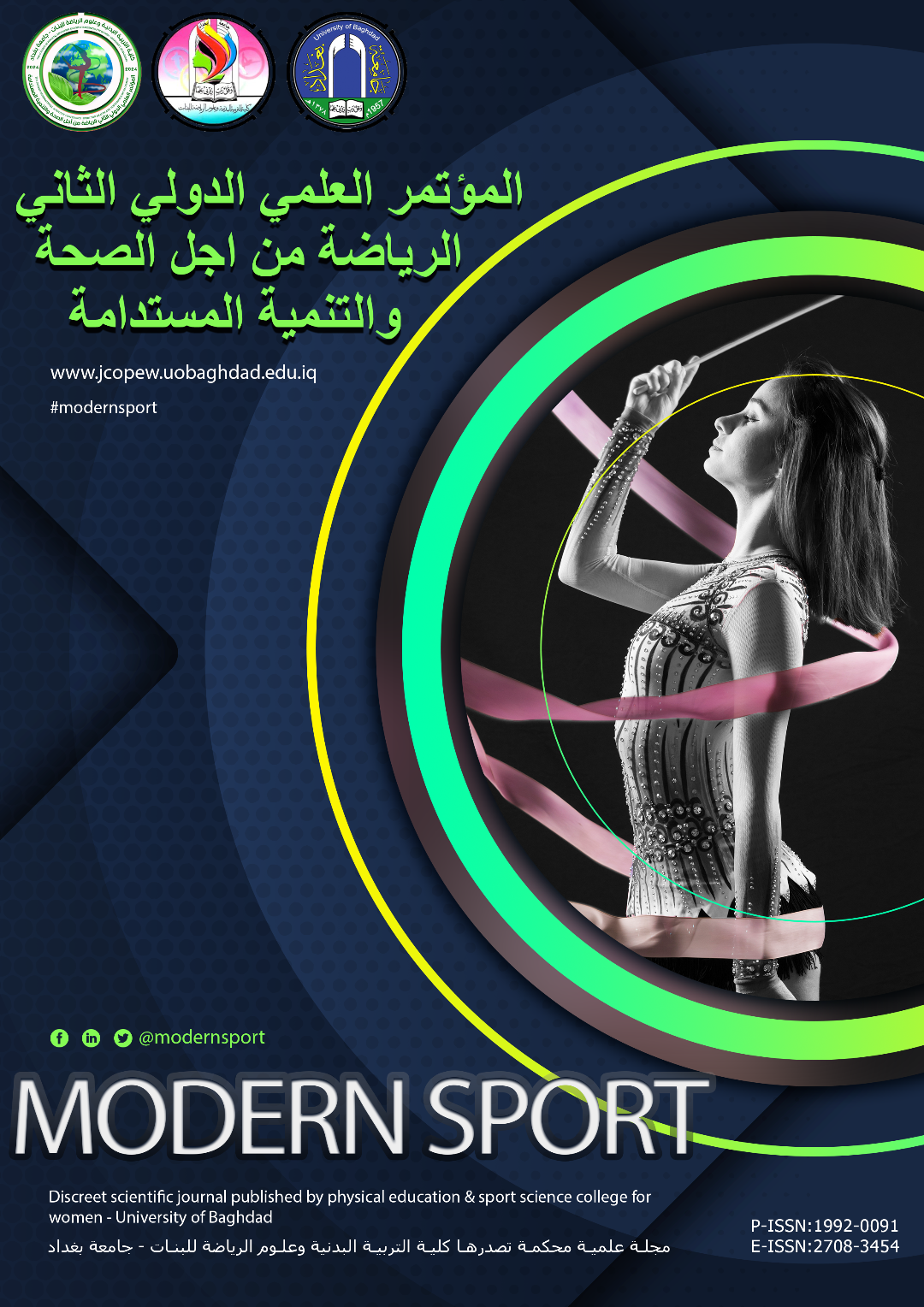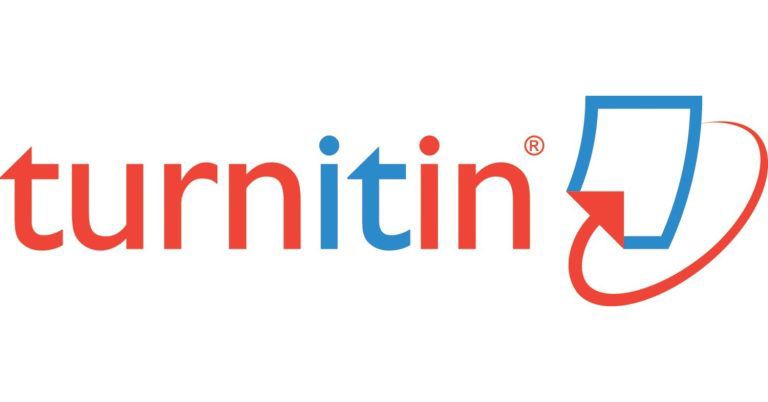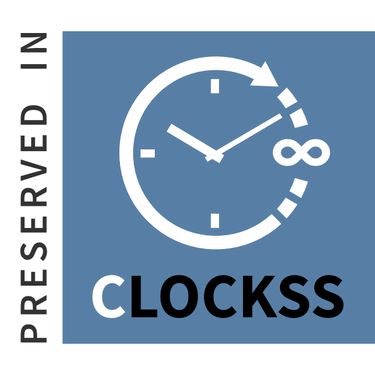Patterns of thinking according to Hermann's theory of the imperative style and their relationship to learning the skill of dribbling and peaceful shooting in basketball for female students
DOI:
https://doi.org/10.54702/01bygc62Keywords:
Patterns thinking, Hermann's theory, basketballAbstract
The research included an introduction to the research and its importance, which emerged from the necessity of identifying female students’ personality types through their thinking styles according to Herman’s theory and its relationship to learning a complex basketball skill in order to better achieve the educational goals of the physical education lesson. The research aimed to identify the thinking patterns of High school students and the relationship between thinking styles according to Hermann's theory in learning the complex skill (dribbling and shooting) and through the imperative method followed in High schools for girls. Assuming that there is a statistically significant correlation between the patterns of thinking according to Hermann’s theory and the imperative method followed in the physical education lesson in learning the complex skill (dribbling and shooting). The research sample consisted of (90) female students, with an average age of 17 years, from the fifth grade of High school at Al-Firdaus High School for Girls / Baghdad. The researchers used the descriptive approach in a survey method because it suits the nature of the research in revealing the results of the field experiment and its relationship to a personal psychological phenomenon related to the research sample with one equal group and with two post-tests, the Hermann Scale of Thinking Patterns test and the basketball skills test. The researchers reached the conclusion that the executive style (B) came in first place in the strength of the relationship between it and the composite skill performance in basketball, at a level of (good) using the traditional imperative method in teaching the skill. The objective style (A) also came in second place in the strength of the relationship for the previous variables. Same level (medium). The imaginative style (D) came in third place, and then the emotional style (C) came in fourth place in terms of the strength of the relationship between the mentioned variables, at a level of (weak). The researchers recommended the necessity of subjecting students and learners to personal, physical, mental and psychological tests before subjecting them to education and training processes in order to choose the most appropriate effectiveness for them, and the educational and training methods and means appropriate to the individual differences between them. When executive individuals appear in tests of thinking styles, educational and training methods that differ from those that It is applied to other individuals. They also recommended conducting other similar research on different samples in terms of activities, age groups, educational levels, and gender. Disseminating the results of the study to educational and sports institutions to benefit from the results it produced.
References
- Ahmed Maher and others: Teaching in physical education between theory and practice. 2007, Dar Al-Fikr Al-Arabi for Publishing and Printing, Egypt, Cairo, 1st edition.
- Sami Harir: Managing with ideas. Dar Al-Hurriya for Publishing and Distribution, Amman, Jordan, 1st edition.
- Abbas Ahmed Al-Samarrai: Teaching competencies in methods of teaching physical education. 1991, Dar Al-Hekma Press, University of Basra.
- Abdullah Abdul Rahman Al-Kandari, Muhammad Abdul Dayem: An introduction to scientific research methods in education and science. Kuwait, Al-Falah Press, 2nd edition, 1999.
- Faisal Abbas: Psychological tests, techniques and procedures; Beirut, Dar Al-Fikr Al-Arabi, 1st edition, 1996.
- Qais Nayef: Educational Dictionary and Psychology; Osama Publishing House, Amman, 2010.
- Lotfi El-Sherbiny: Encyclopedia explaining psychological terms; Arab Renaissance House for Printing and Publishing, Beirut, 2001.
- Hatem Fares Al-Taan, Ibtisam Raad Ibrahim: Thinking patterns according to Hermann’s perspective and their impact on leadership agility, 2017.
- Hassan, D. S., & Alwan, N. M. (2022). The Ratio of the Contribution Of Models Of Cognitive Impersonation Of Information In The Skill Of Resolving Problems And Performance Of The Skill Of Blocking In Volleyball. Revista iberoamericana de psychología del ejercicio y el deporte, 17(5), 316-318. https://www.scopus.com/record/display.uri?eid=2-s2.0-85146699088&origin=resultslist
- Amin, N. M. (2022). The effect of harmonic exercises on female students' development of motor skills and performance accuracy of some offensive basketball skills. Revista iberoamericana de psicología del ejercicio y el deporte, 17(6), 377-379. https://www.scopus.com/record/display.uri?eid=2-s2.0-85150266336&origin=resultslist
- Amin, N. M. (2022). Competitive performance exercises to develop transitional speed and agility and their impact on some offensive and defensive basketball skills for students. Revista iberoamericana de psicología del ejercicio y el deporte, 17(6), 374-376. https://www.scopus.com/record/display.uri?eid=2-s2.0-85150200365&origin=resultslist
Downloads
Published
Issue
Section
License
Copyright (c) 2024 Modern Sport

This work is licensed under a Creative Commons Attribution 4.0 International License.















